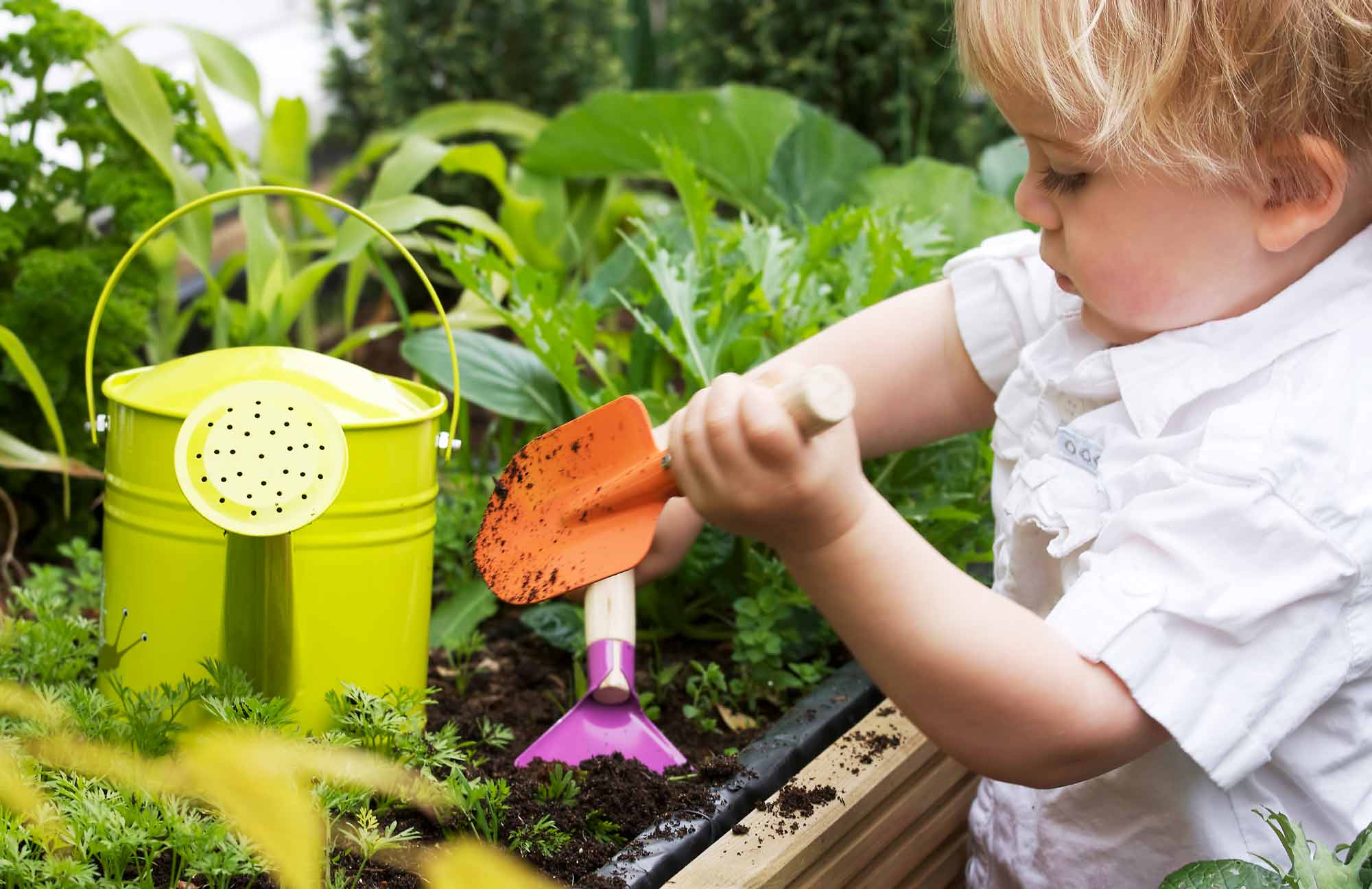How Many Legos Tall?
In this lesson, the children will make predictions and use LEGO blocks to measure objects in their environment.
Content Area:
Beginning Skills and Processes
Learning Goals:
This lesson will help toddlers and preschoolers meet the following educational standards:
- Develop beginning skills in the use of science and engineering practices such as observing, asking questions, solving problems and drawing conclusions
- Explore the physical properties of objects
- Use tools and technology to assist with science and engineering investigations
Learning Targets:
After this lesson, toddlers and preschoolers should be more proficient at:
- Collecting, describing, comparing and recording information from observations and investigations
- Identifying, describing and comparing the physical properties of objects
- Using nonstandard and standard scientific tools for investigation

How Many Legos Tall?
Lesson plan for toddlers/preschoolers
Step 1: Gather materials.
- LEGOS (either LEGO Duplos or regular LEGOS)
- Markers
- Items to measure
- Sheet of paper (Make a chart with three columns: a column for the items to be measured, a column for predictions and a column for actual measurements. Draw the items for children who cannot yet read independently, but also write the item name with the drawing.)

- Chart paper to record the results of the group’s findings
Note: Small parts pose a choking hazard and are not appropriate for children age five or under. Be sure to choose lesson materials that meet safety requirements.
Step 2: Introduce activity.
- Ask if the children have ever played with LEGO blocks. “What did you do with the LEGO Blocks?” (Built various objects.) Explain that today the children are going to use LEGO blocks to measure items around the room.
- Model how the children are going to go about measuring the items on their list. Begin with an item that is not on their list, such as a stool. Ask the children to predict how many LEGOS high they think the stool is. Write their prediction under that column. Using the LEGOS and a volunteer, measure how many LEGOS tall the stool actually is by stacking the LEGOS one on top of the other. Write the answer under the actual measurements column.
- Ask the children what they noticed about how many LEGOS tall they thought the chair would be and how many LEGOS tall the chair actually was. Was it more or less than they had predicted?
Step 3: Engage children in lesson activities.
- Explain to the children that now they are going to measure the items on their list. But, before they actually measure, the children will need to guess/predict how many LEGOS tall they think each item will be. Predict first, then measure.
- It is handy to have clipboards on hand for this activity, as it makes it easier for the children to write down their results.
- Once the children are done measuring, gather them together to discuss and record their results. The predictions will vary, but the actual measurement should be fairly consistent. If the actual answers are wildly different, then measure the items again as a group.
- Discuss the difference between a prediction, a guess and an actual measurement.
Step 4: Vocabulary.
- Predict: To guess what might happen next
- Data: Information that is collected through a study or an investigation
- Measure: Use of standard units to find out size or quantity in regard to length, breadth, height, area, mass, weight, volume, capacity, temperature and time
- Conclude: To make statements about what was learned after an observation or an experiment
Step 5: Adapt lesson for toddlers or preschoolers.
Adapt Lesson for Toddlers
Toddlers may:
- Have difficulty making predictions
- Have difficulty manipulating small LEGOS
Child care providers may:
- Skip the predicting column and go straight to the actual measurement
- Help the children snap the LEGOS together. Help align the snapped LEGOS with the measured item.
- Use the bigger LEGOS (called Duplo LEGOS) and ask the children to measure bigger items such as chairs or their own bodies
Adapt Lesson for Preschoolers
Preschoolers may:
- Have already grasped measuring with nonstandard units
- Have a strong number sense
Child care providers may:
- Have the children measure both the length and width of each item. On the recording sheet, make four columns: a column for the predicted width of an item, a column for the actual width of the item, a column for the predicted length of the same item and a column for the actual length of the item.
- Have the children find the difference between what they estimated and the actual number of LEGOS. “You estimated that the apple was 13 LEGOS tall. After you measured the apple, you found out that the apple was actually only five LEGOS tall. How many more LEGOS tall did you think the apple was? The difference between your prediction and the actual height is how many LEGOS?”
Suggested Books
- How Big Is A Foot by Rolf Myller
- How Tall, How Short, How Far Away? by David A. Adler
- Length by Henry Arthur Pluckrose
Music and Movement
Outdoor Connections
- “Mother May I?” is a fun game to play outside. Review the different steps and notice that baby steps are small and jumps are bigger.
- Using any tool of nonstandard measurement (bigger playground blocks, children’s hands or feet), measure items outside. Measure “how many” hands long the slide is or “how many” shovels long the sandbox is or “how many” blocks long the playground is.

Comment on this lesson